Kolink Continuum KL-C1500PL PSU Review: Miner's Delight?
Why you can trust Tom's Hardware
Transient Response Tests
Advanced Transient Response Tests
For details on our transient response testing, please click here.
Ιn these tests, we monitor the KL-C1500PL's response in several scenarios. First, a transient load (10A at +12V, 5A at 5V, 5A at 3.3V, and 0.5A at 5VSB) is applied for 200ms as the PSU works at 20 percent load. In the second scenario, it's hit by the same transient load while operating at 50 percent load.
In the next sets of tests, we increase the transient load on the major rails with a new configuration: 15A at +12V, 6A at 5V, 6A at 3.3V, and 0.5A at 5VSB. We also increase the load-changing repetition rate from 5 Hz (200ms) to 50 Hz (20ms). Again, this runs with the PSU operating at 20 and 50 percent load.
The last tests are even tougher. Although we keep the same loads, the load-changing repetition rate rises to 1 kHz (1ms).
In all of the tests, we use an oscilloscope to measure the voltage drops caused by the transient load. The voltages should remain within the ATX specification's regulation limits.
These tests are crucial because they simulate the transient loads a PSU is likely to handle (such as booting a RAID array or an instant 100 percent load of CPU/GPUs). We call these "Advanced Transient Response Tests," and they are designed to be very tough to master, especially for a PSU with a capacity of less than 500W.
Advanced Transient Response at 20 Percent – 200ms
| Voltage | Before | After | Change | Pass/Fail |
|---|---|---|---|---|
| 12V | 12.179V | 12.123V | 0.46% | Pass |
| 5V | 5.064V | 4.915V | 2.94% | Pass |
| 3.3V | 3.312V | 3.173V | 4.20% | Pass |
| 5VSB | 5.072V | 5.030V | 0.83% | Pass |
Advanced Transient Response at 20 Percent – 20ms
| Voltage | Before | After | Change | Pass/Fail |
|---|---|---|---|---|
| 12V | 12.178V | 12.106V | 0.59% | Pass |
| 5V | 5.065V | 4.903V | 3.20% | Pass |
| 3.3V | 3.312V | 3.166V | 4.41% | Pass |
| 5VSB | 5.072V | 5.040V | 0.63% | Pass |
Advanced Transient Response at 20 Percent – 1ms
| Voltage | Before | After | Change | Pass/Fail |
|---|---|---|---|---|
| 12V | 12.178V | 12.103V | 0.62% | Pass |
| 5V | 5.064V | 4.903V | 3.18% | Pass |
| 3.3V | 3.312V | 3.166V | 4.41% | Pass |
| 5VSB | 5.072V | 5.037V | 0.69% | Pass |
Advanced Transient Response at 50 Percent – 200ms
| Voltage | Before | After | Change | Pass/Fail |
|---|---|---|---|---|
| 12V | 12.134V | 12.045V | 0.73% | Pass |
| 5V | 5.035V | 4.890V | 2.88% | Pass |
| 3.3V | 3.280V | 3.144V | 4.15% | Pass |
| 5VSB | 5.023V | 4.977V | 0.92% | Pass |
Advanced Transient Response at 50 Percent – 20ms
| Voltage | Before | After | Change | Pass/Fail |
|---|---|---|---|---|
| 12V | 12.134V | 12.014V | 0.99% | Pass |
| 5V | 5.036V | 4.883V | 3.04% | Pass |
| 3.3V | 3.280V | 3.133V | 4.48% | Fail |
| 5VSB | 5.023V | 4.996V | 0.54% | Pass |
Advanced Transient Response at 50 Percent – 1ms
| Voltage | Before | After | Change | Pass/Fail |
|---|---|---|---|---|
| 12V | 12.134V | 12.013V | 1.00% | Pass |
| 5V | 5.036V | 4.875V | 3.20% | Pass |
| 3.3V | 3.280V | 3.126V | 4.70% | Fail |
| 5VSB | 5.023V | 4.983V | 0.80% | Pass |
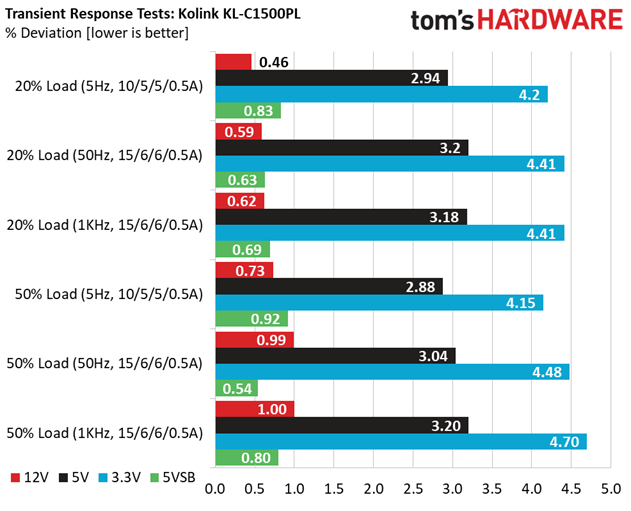
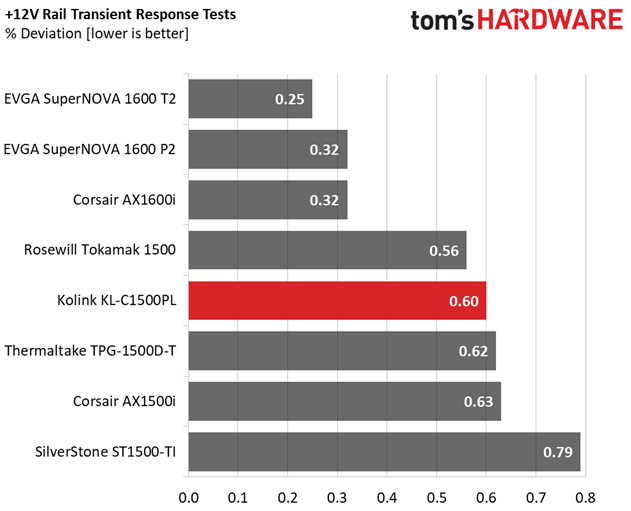
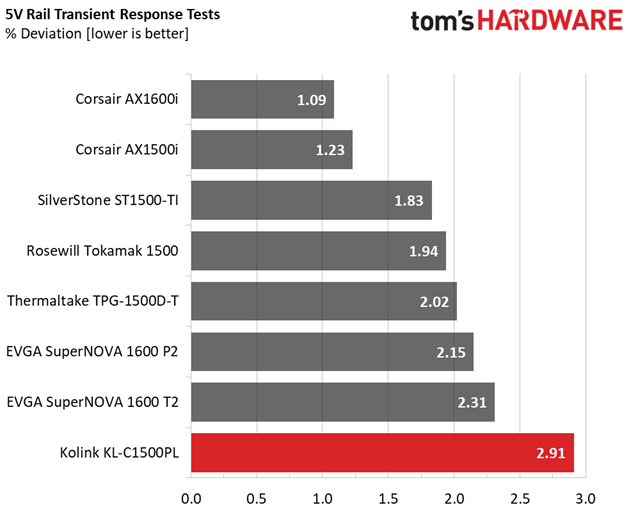
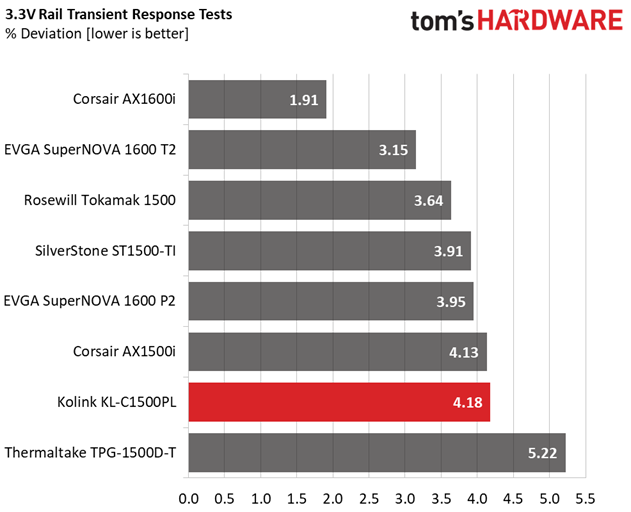

Transient response on the +12V and 5VSB rails is quite good, while on the minor rails it is mediocre. The 3.3V rail even fails two tests. Apparently, more capacity is needed on the DC-DC converters to facilitate better transient response, though this would require additional space on the PCB and increase production cost.
Get Tom's Hardware's best news and in-depth reviews, straight to your inbox.
Here are the oscilloscope screenshots we took during Advanced Transient Response Testing:
Transient Response At 20 Percent Load – 200ms
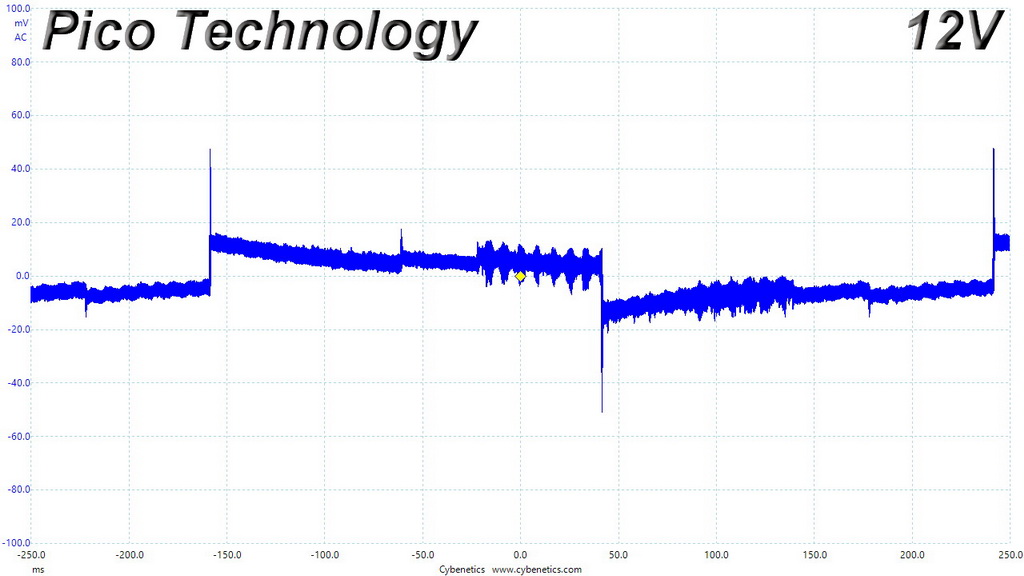
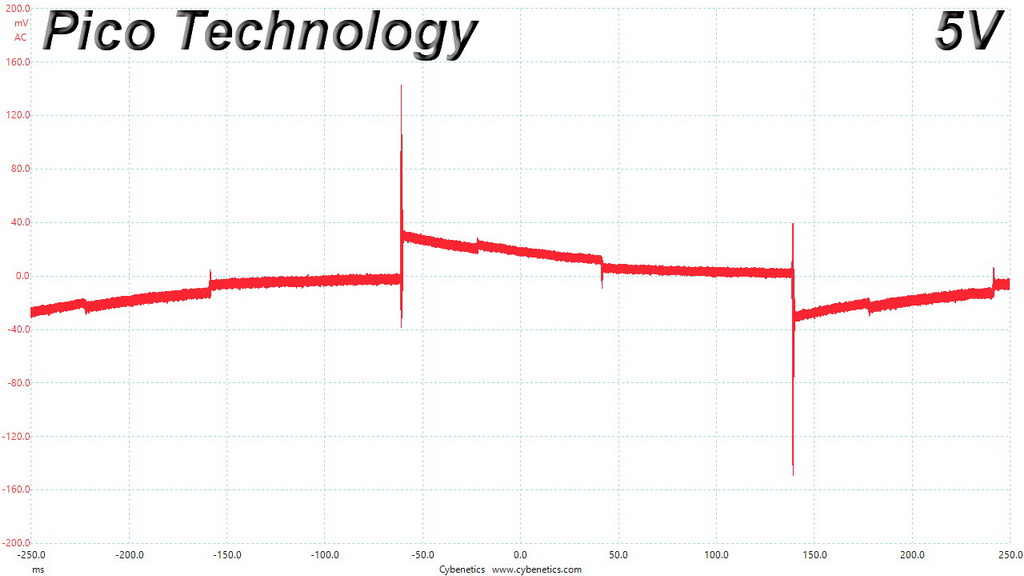

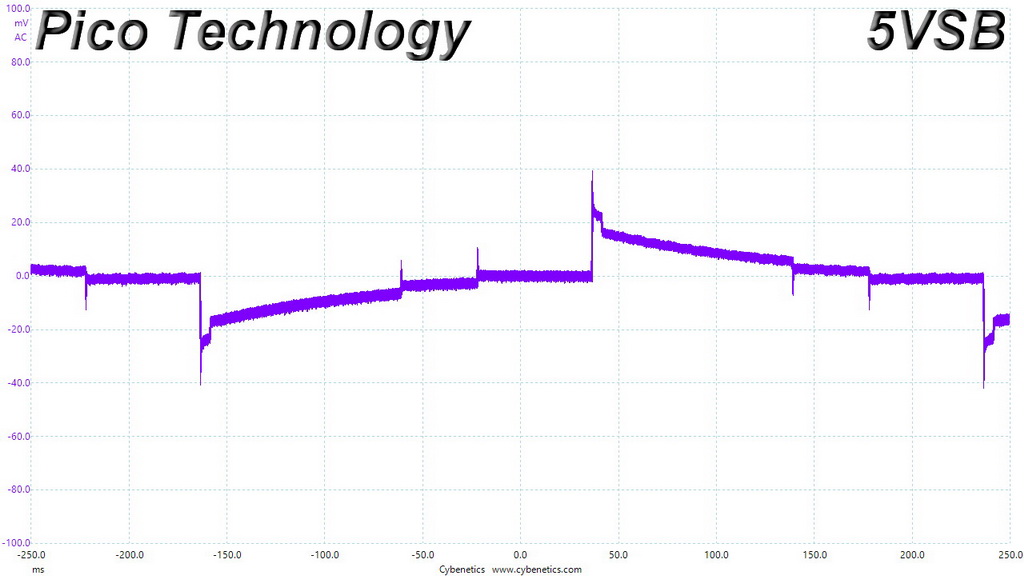
Transient Response At 20 Percent Load – 20ms
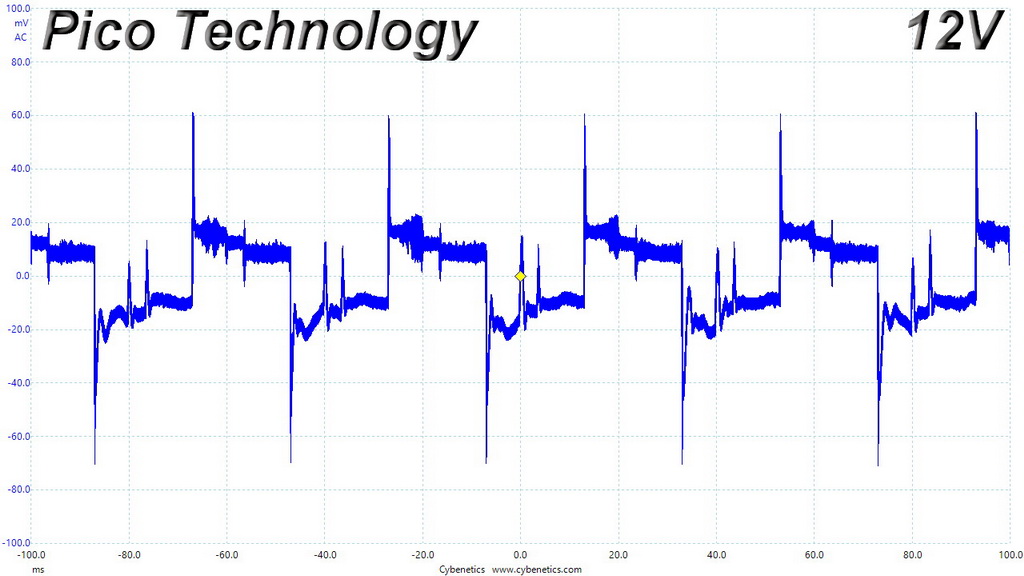



Transient Response At 20 Percent Load – 1ms
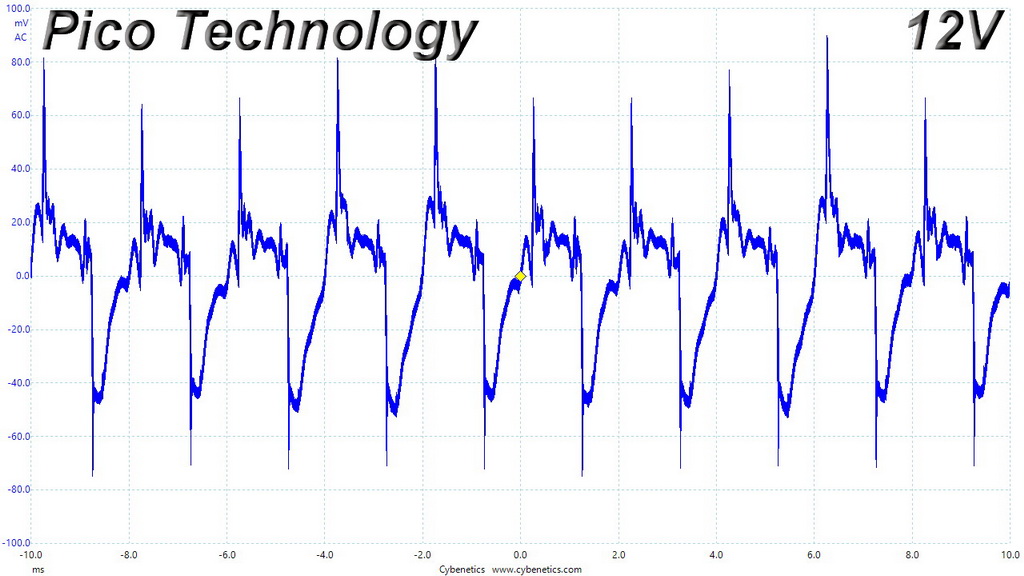
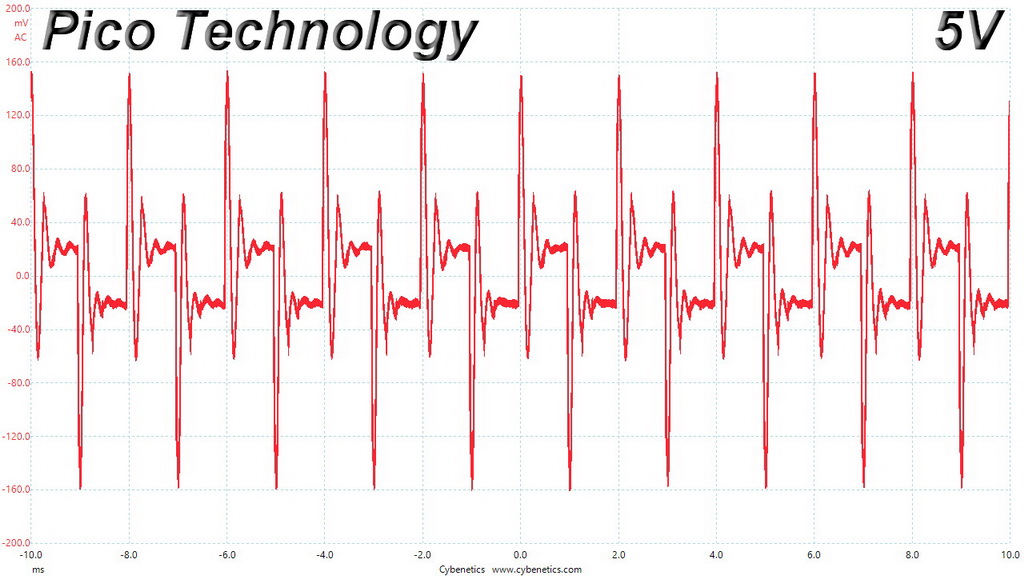
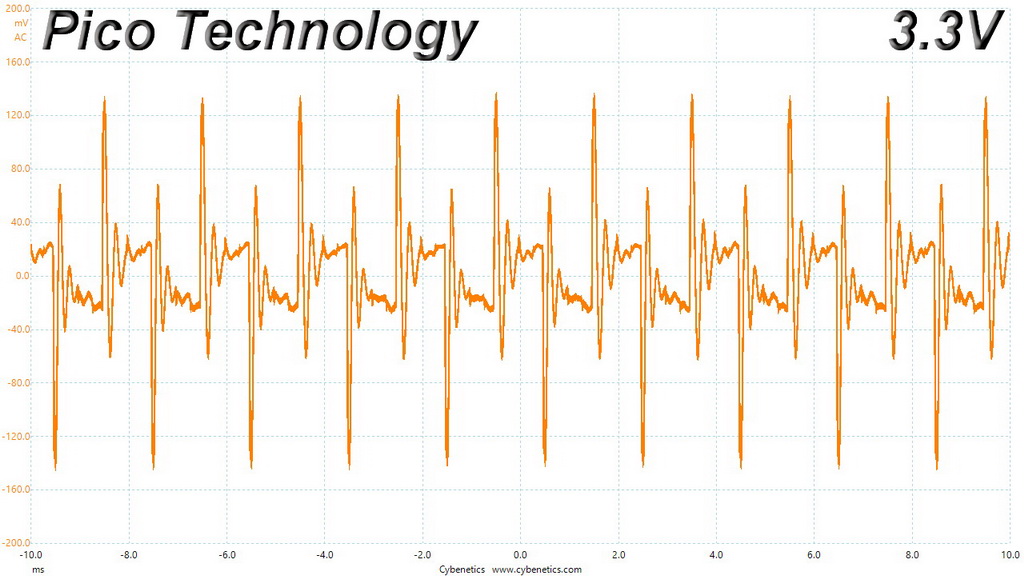
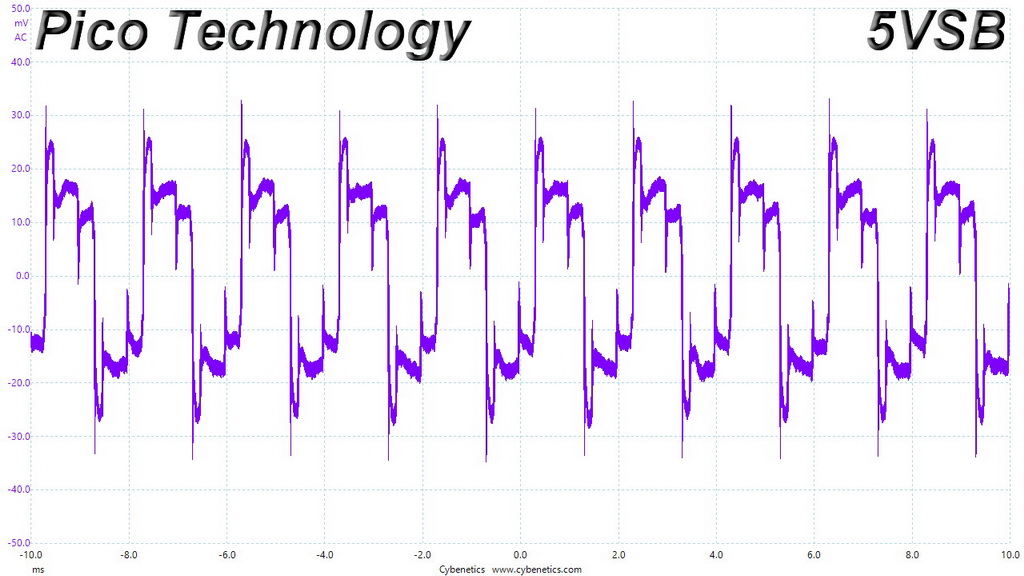
Transient Response At 50 Percent Load – 200ms
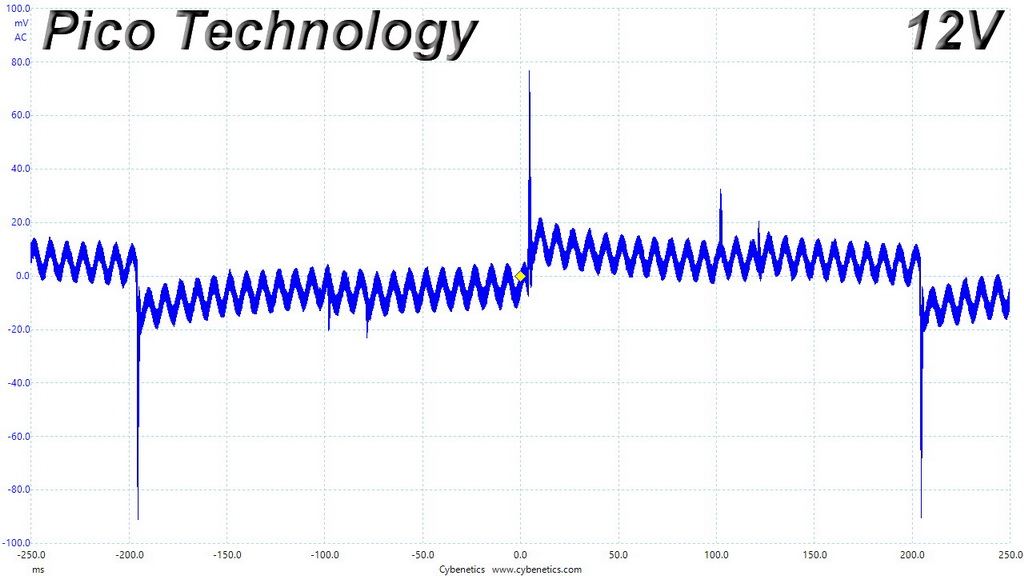
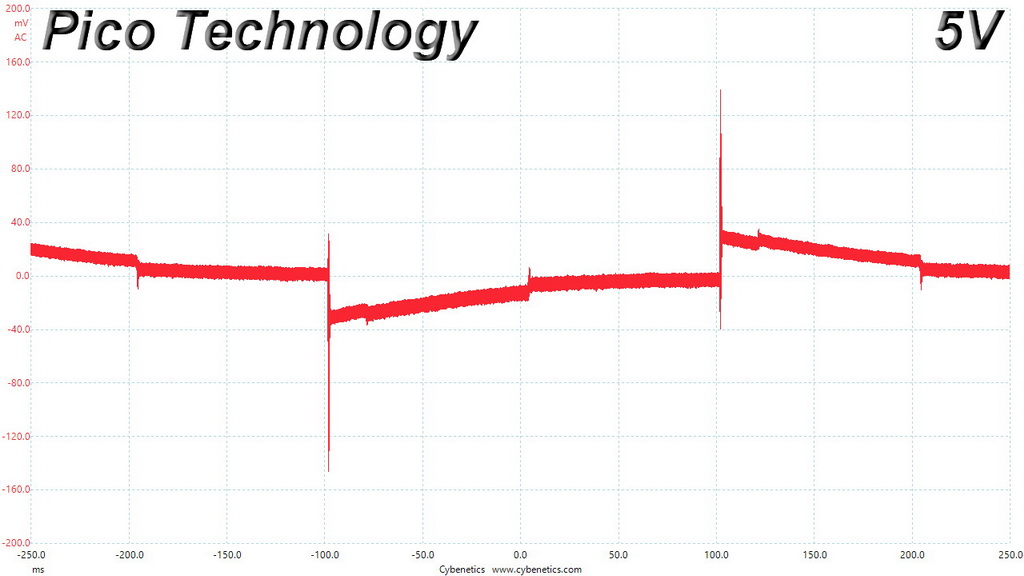
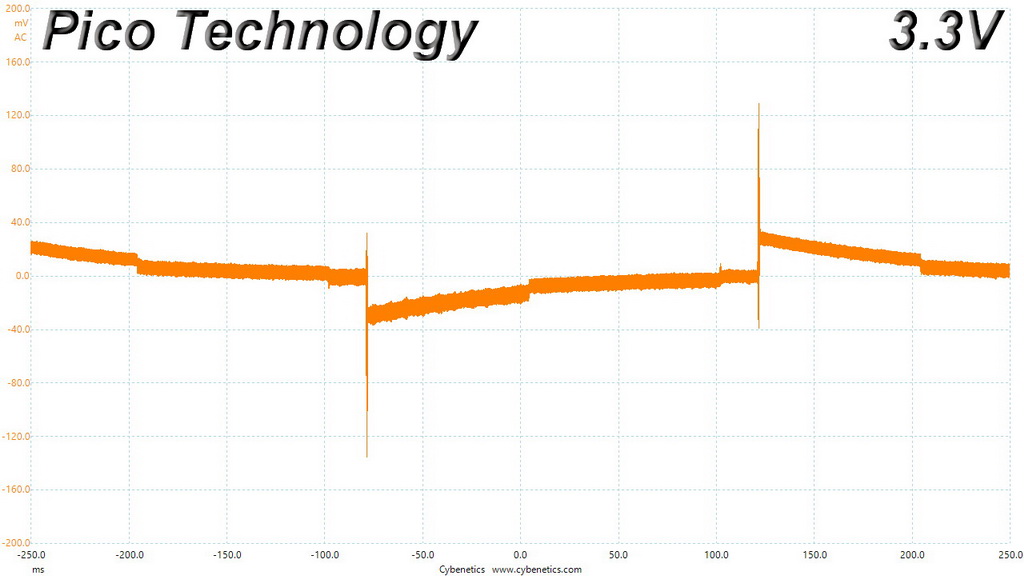
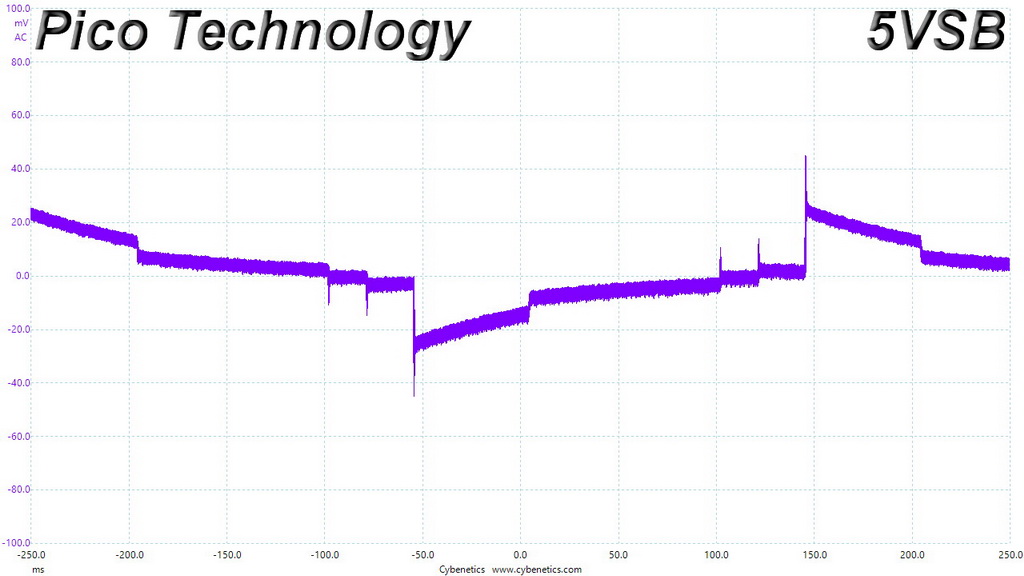
Transient Response At 50 Percent Load – 20ms

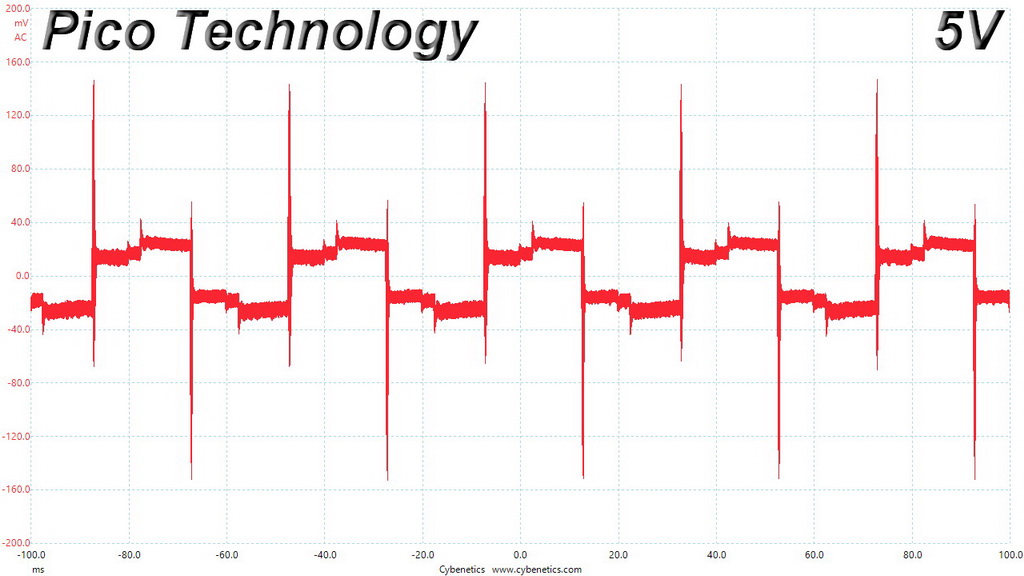
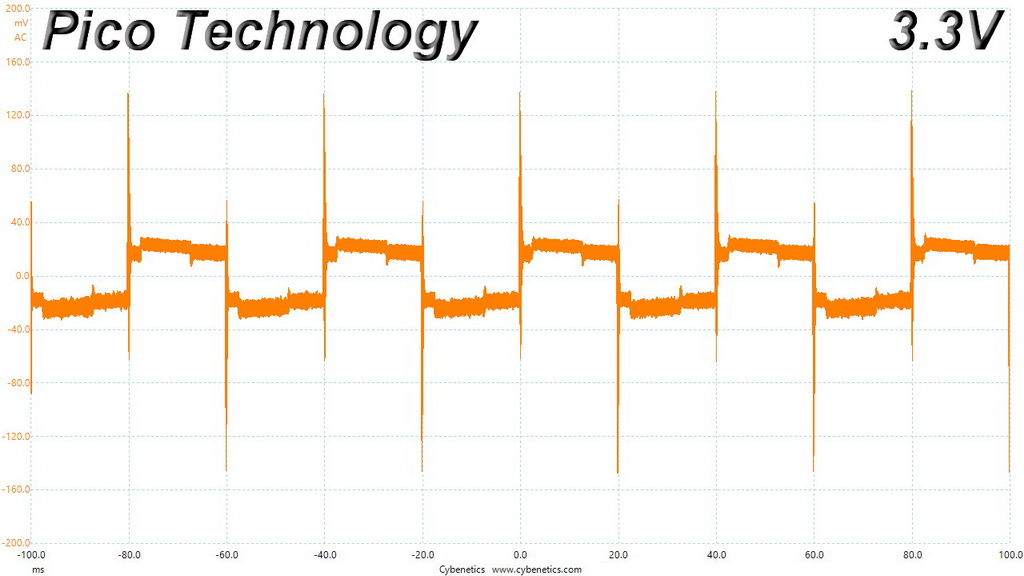
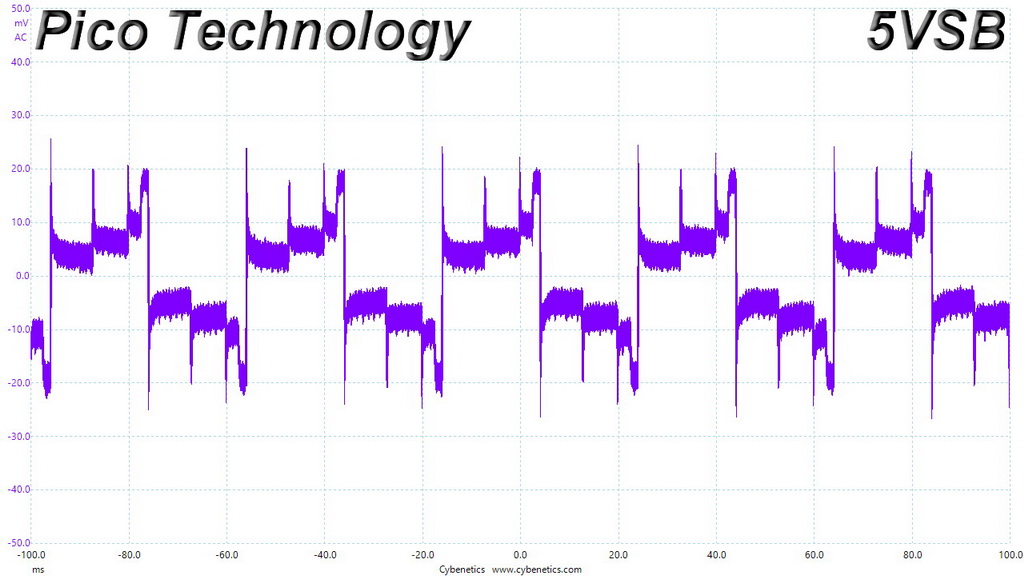
Transient Response At 50 Percent Load – 1ms
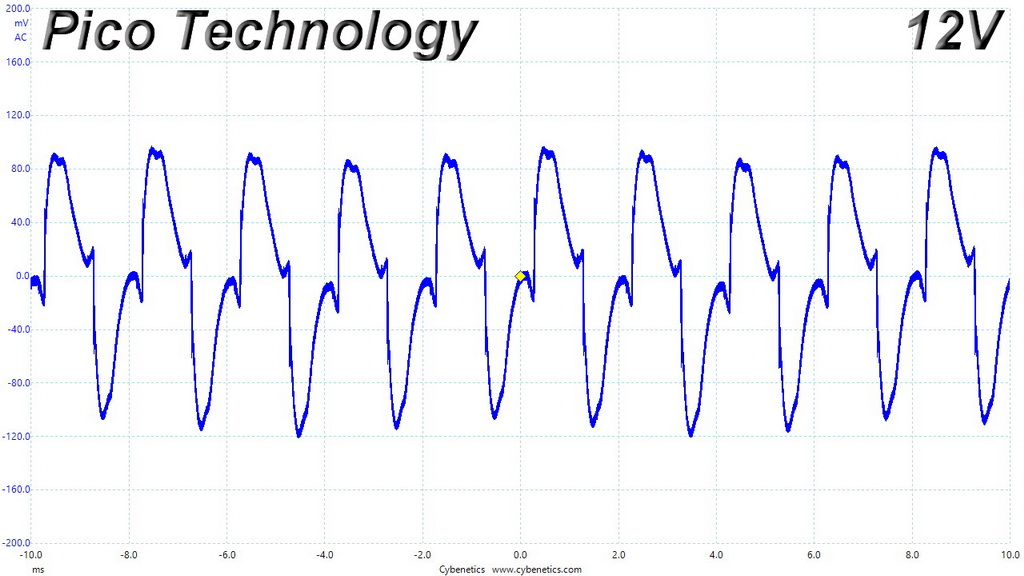

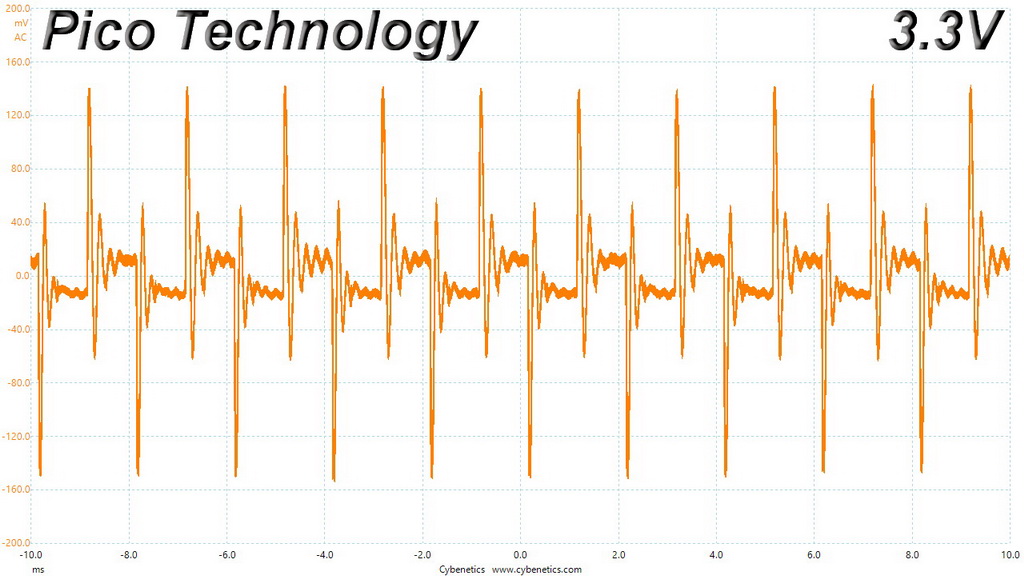
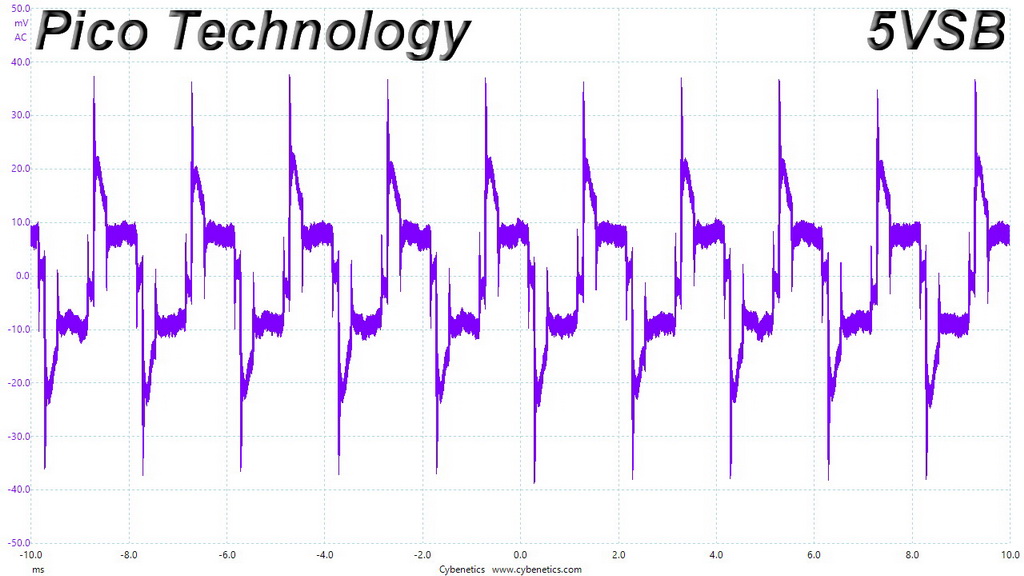
Turn-On Transient Tests
In the next set of tests, we measured the KL-C1500PL’s response in simpler transient load scenarios—during its power-on phase.
For our first measurement, we turned the KL-C1500PL off, dialed in the maximum current the 5VSB rail could output, and switched the PSU back on. In the second test, we dialed the maximum load the +12V rail could handle and started the 1500W supply while it was in standby mode. In the last test, while the PSU was completely switched off (we cut off the power or switched the PSU off), we dialed the maximum load the +12V rail could handle before switching it back on from the loader and restoring power. The ATX specification states that recorded spikes on all rails should not exceed 10 percent of their nominal values (+10 percent for 12V is 13.2V, and 5.5 V for 5V).
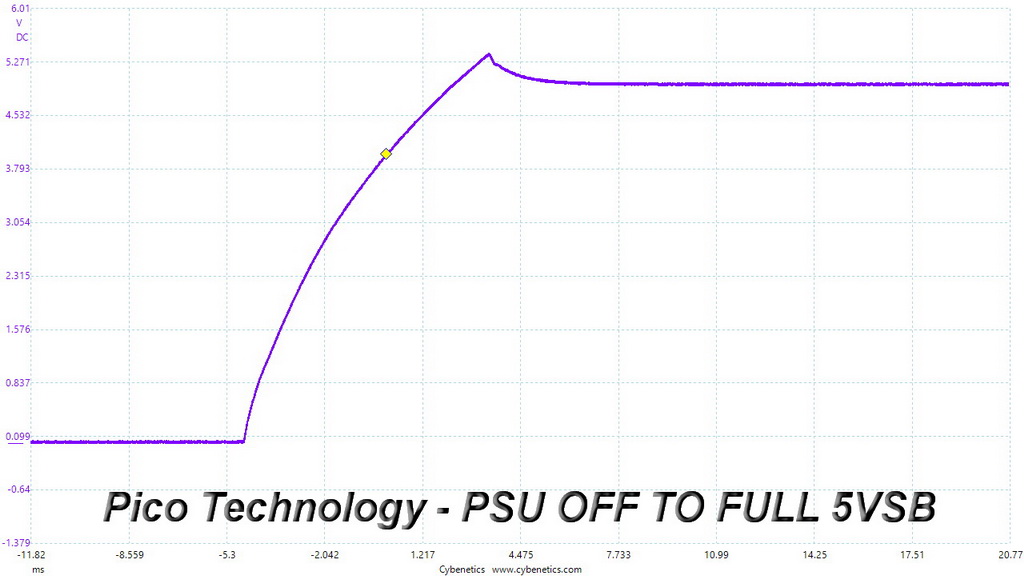

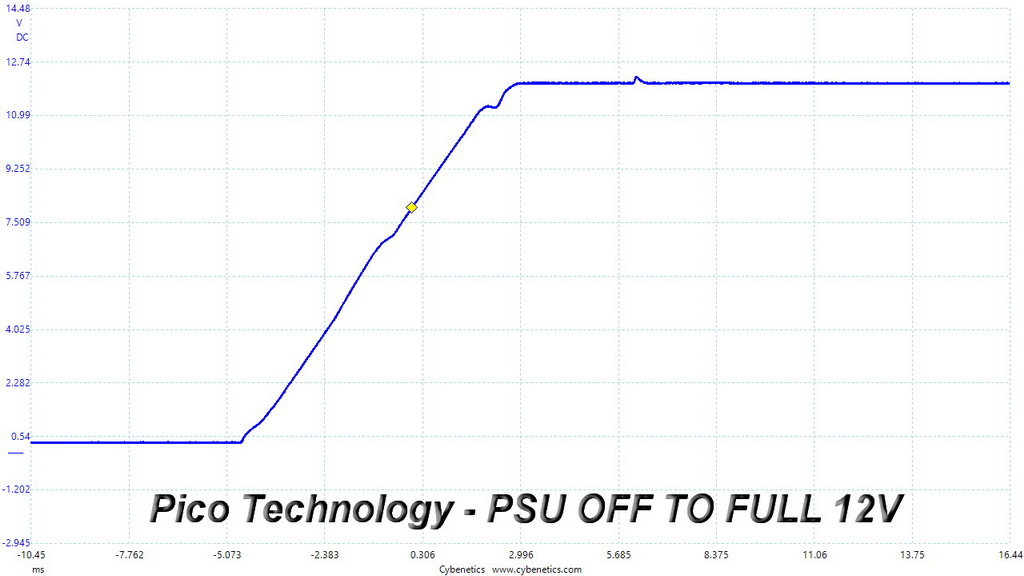
We observe a notable voltage overshoot at 5VSB, while the +12V rail registers good performance in the turn-on transient tests.
MORE: Best Power Supplies
MORE: How We Test Power Supplies
MORE: All Power Supply Content
Current page: Transient Response Tests
Prev Page Cross-Load Tests & Infrared Images Next Page Ripple Measurements
Aris Mpitziopoulos is a contributing editor at Tom's Hardware, covering PSUs.
-
ozicom "The problem we see is that all eight-pin connectors have the same pattern, making it possible to accidentally connect an EPS cable to a PCIe socket and vice versa." Well I had a fully modular PSU in past and you can't connect eight pin of EPS to PCIe because the sockets may look same but they're not. If you look closer on top left two sockets of black and blue eight pins the notches are not same so you can't connect it. But if you tried and connect it it's a problem of course.Reply